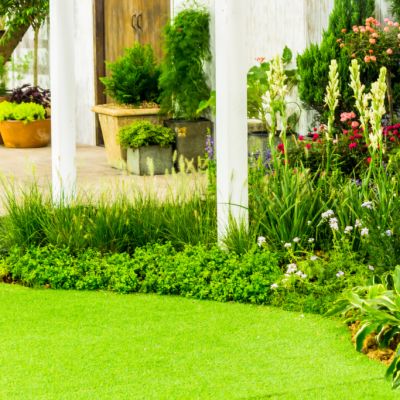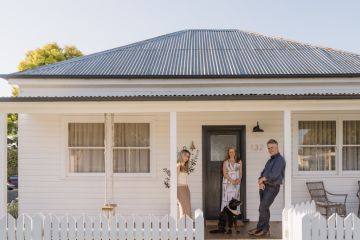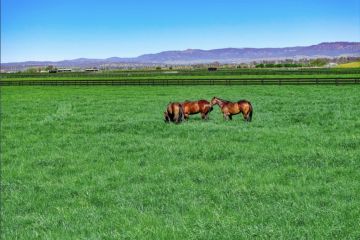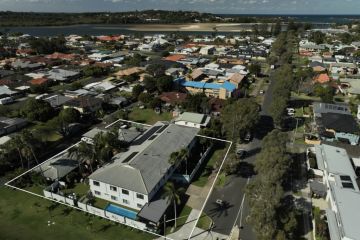From beehives to permaculture: Melbourne’s most productive gardens revealed
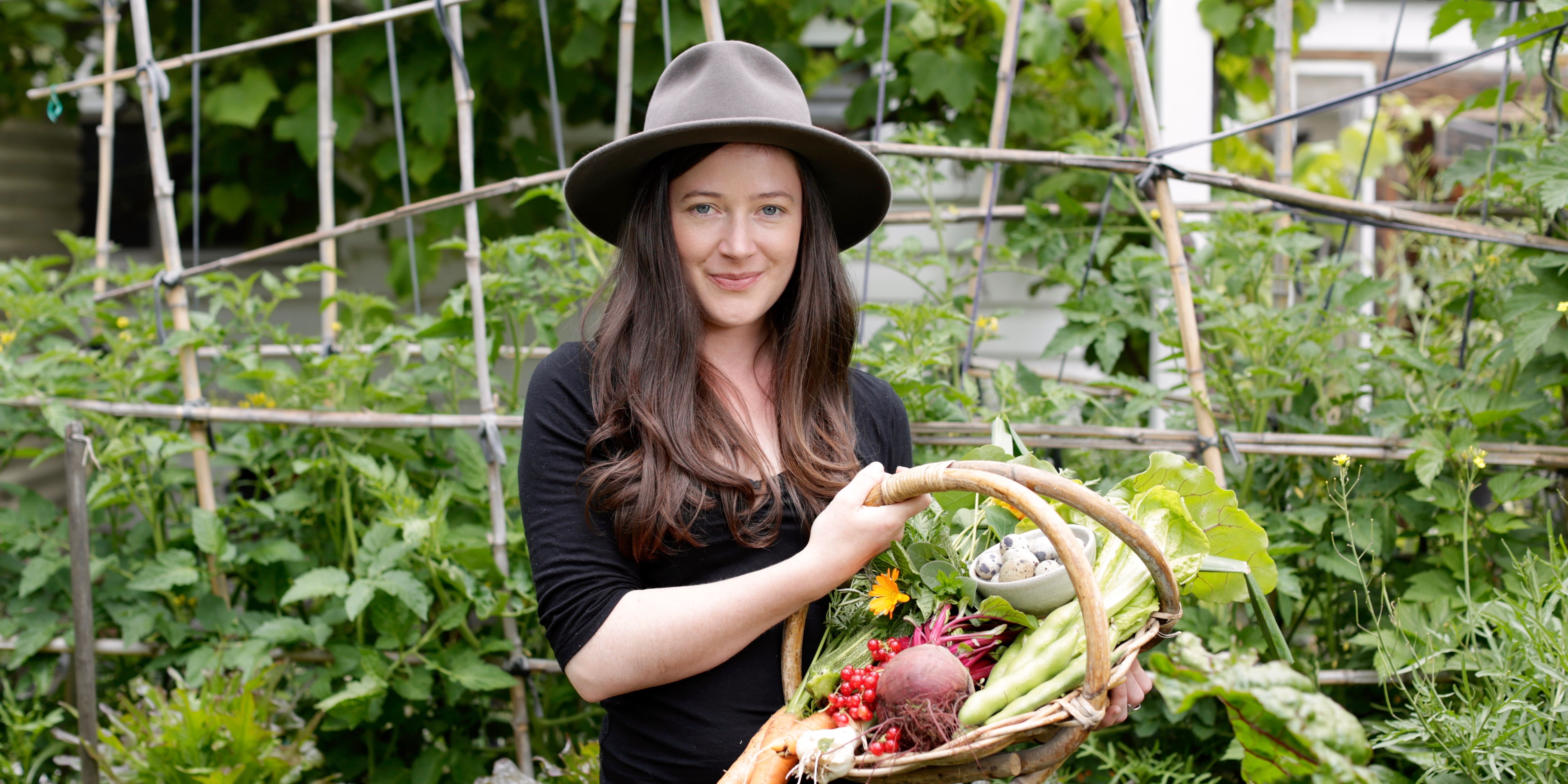
From the tiny permaculture garden that produces loads of fruit and vegetables, to backyards with honey-producing beehives, Melbourne’s most productive backyards have just been revealed by 3000acres.
3000acres is a Melbourne not-for-profit organisation with a mission to encourage more people to grow food in more places. They work with councils, statutory bodies and communities to reduce barriers to people growing food in urban environments, and create new growing spaces such as community gardens.
3000acres has teamed up with Open Gardens Victoria and the Lord Mayor’s Charitable Fund to provide access to the best productive gardens of Melbourne through their Open Productive Gardens program. The program runs guided tours by the gardeners as well as workshops in backyards all over the city. The full program is here.
“I love that this program is an opportunity to educate and inspire people to start growing or expand their food production in their own backyards,” says Morgan Koegel of 3000acres.
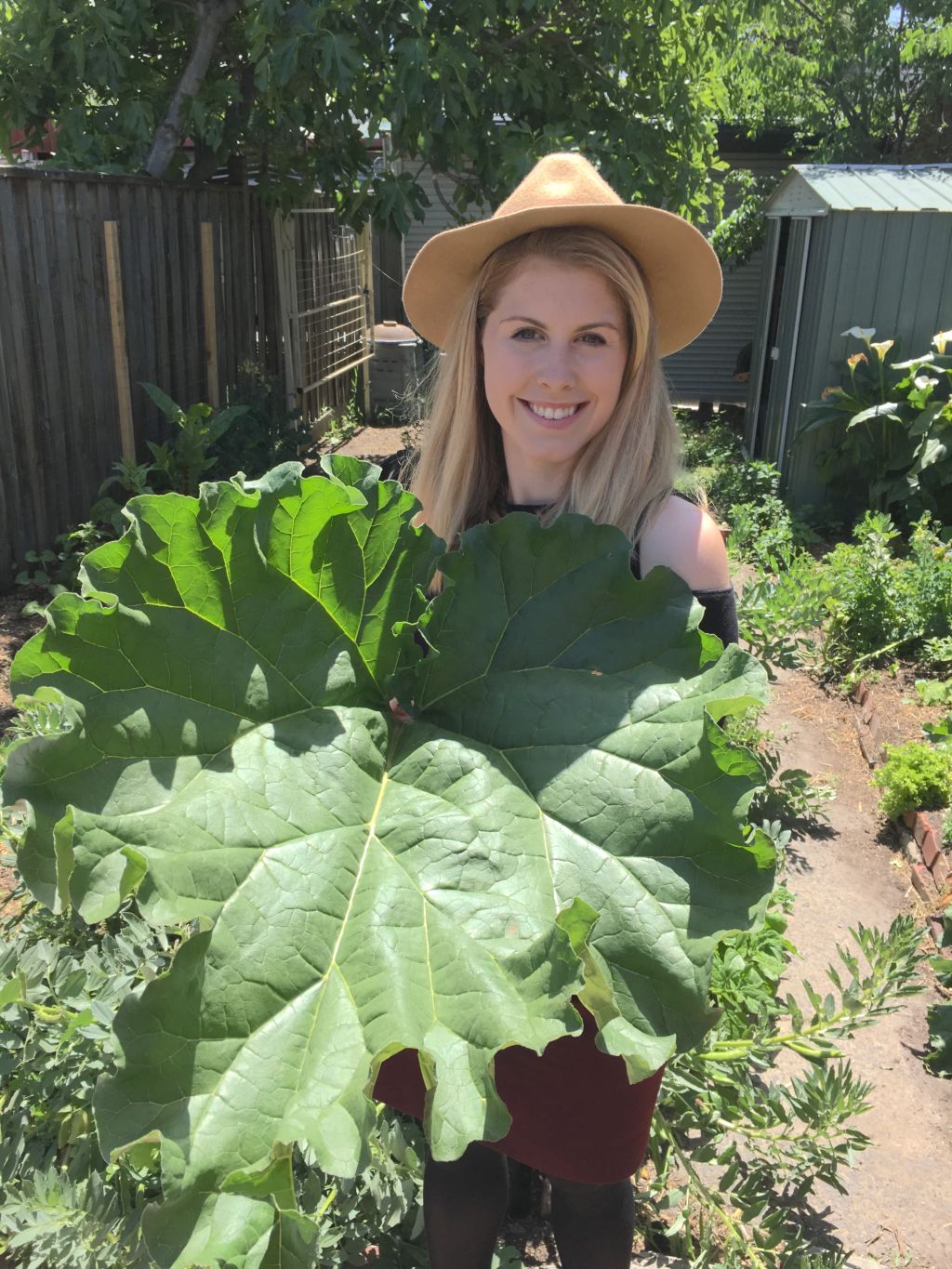
“A productive garden is about people growing food in their backyards and front lawns. All over Melbourne, people are deciding to join the movement #growfoodnotlawns so that they can have their own fresh, nutritious produce right on their doorstep.
“There is sometimes a belief that you can’t grow much food in the suburbs, but that simply isn’t true.
“One of the small inner-city gardens featured in our Open Productive Gardens series managed to produce a whopping 428 kilograms in fruit, vegetables, herbs and eggs in 2018. No matter the space you have, it’s possible to grow food, even enough to stop needing to purchase fruit, vegetables, herbs or eggs at the grocery store.”
As part of the Open Gardens program, which kicked off on January 19 and runs through February, these inspiring backyards will be open to the public.
Visitors will be able to check out gardens such as Alex and Julia’s Clifton Hill backyard where every square centimetre is used to grow food. Their home is rented, so the couple have been creative in experimenting with recycled materials and portable growing techniques, like using straw bales.
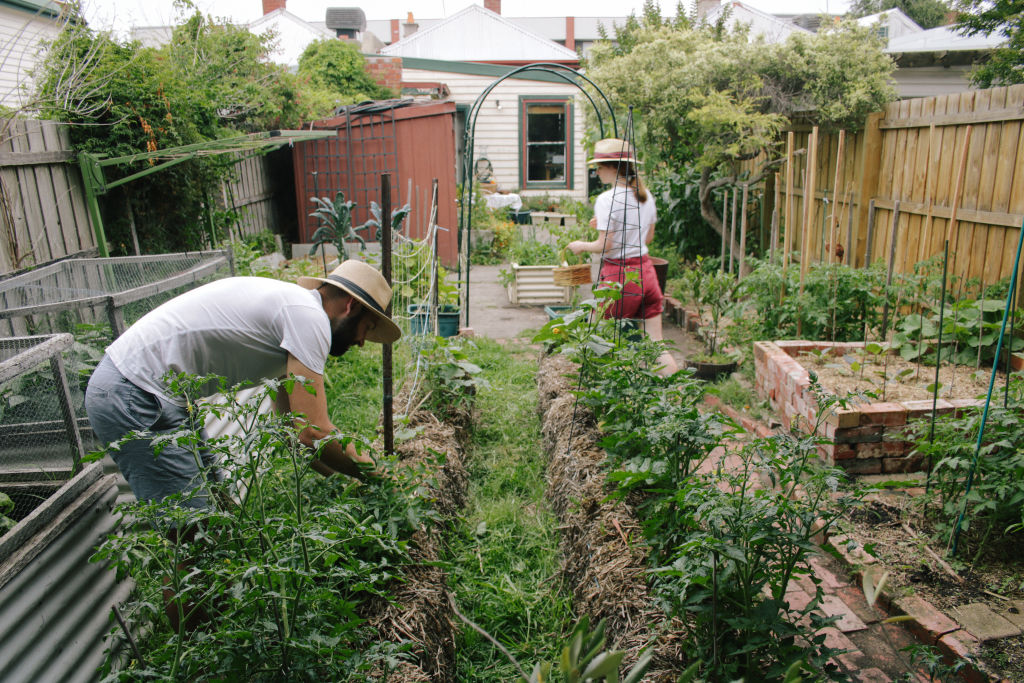
Chad’s Reservoir front lawn has become a productive food garden where his daughter has joined him in expanding their home sustainability project to welcome chooks. Their hope is to inspire other families to include their kids in growing food and appreciating where it comes from.
In Carnegie, Keith and Clare have embraced different shapes and textures in their intricate garden designs. Their Instagram @suburbanexistence has attracted 45,000 followers. Within their block of flats, they’ve even convinced the owners corporation to permit them to manage a food growing area within the communal living area.
Gunyah is the Pascoe Vale-based garden built by horticultural educator Karen Sutherland. With more than 200 edible plants, there’s a heavy focus on Australian native bush foods supported by aquaponics, bees and chooks.
Kat Lavers’ urban permaculture system, The Plummery, in Melbourne’s inner north is a 280-square-metre block that produces almost all of her household’s herbs, vegetables, fruit and eggs – 428 kilograms in 2018.
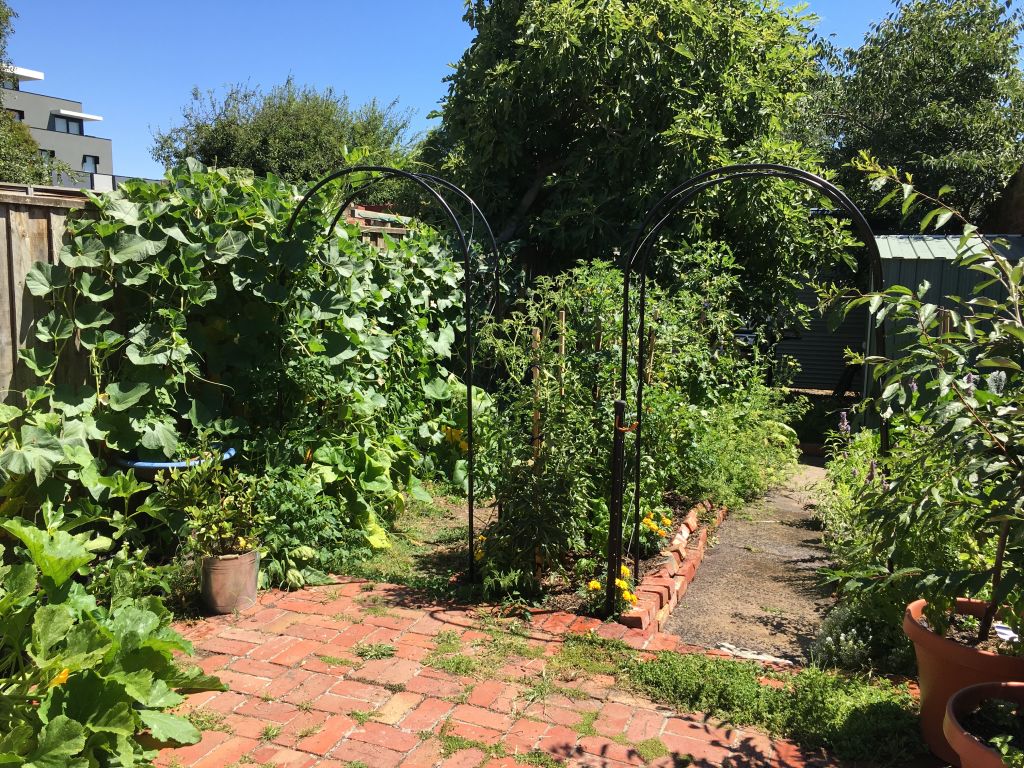
“It is rare that we get the opportunity to see other people’s backyards and hear their tips and tricks for success,” says Koegel.
“These guided tours and workshops are an opportunity to get inspiration and learn new skills so that gardeners can improve their own urban projects. The program includes guided tours of every sort of productive backyard: large, small, in-ground, vertical, owned and rented, so everyone will find a tour that suits them. Workshops cover topics from native bee hotels to quail keeping to preserving fruits and vegetables.”
Koegel believes everyone can grow food if they put their mind to it.
“To start out with, gardeners should choose easy crops that accept the sun conditions available in the space. For example, herbs like parsley and rosemary can be very forgiving of neglect and different sun allowances,” she says.
“A great way to boost your productive growing confidence is to see what other people are doing, whether it’s attending a workshop or visiting your local community garden.”
We recommend
States
Capital Cities
Capital Cities - Rentals
Popular Areas
Allhomes
More

